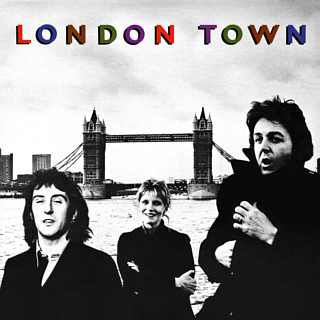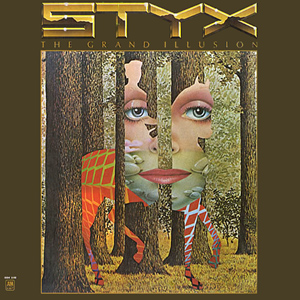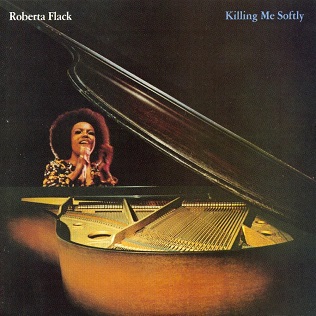
View the Premise & Ground Rules for "Revisiting Vinyl."
Fun Fact:
The album artwork and video for Pride (In the Name of Love) were done by Anton Corbijn, who later directed such nightmare-inducing videos as: Nirvana's Heart-Shaped Box, Rollins Band's Liar, Metallica's Hero of the Day and Bryan Adams' Have You Ever Really Loved a Woman?
Key Tracks:
A Sort of Homecoming, Pride (In the Name of Love) and Bad all soar in a fantastic manner.
Promenade wins too, but it takes a very different path to get there. ...And there's one other. I have a very specific list of songs I want played at my wake. MLK is on that list.
Obvious Filler and Swings-and-Misses:None. Even 4th of July - the eerie, intentionally odd instrumental that opens the B-side - fits in perfectly with the overall ambience of the record.
My Overall Rating of the Tracks Separately: Recommended Listening (3/4 stars)
Apart from Sunday, Bloody Sunday, U2 was completely off my radar until "The Joshua Tree." So, whenever I revisit their earlier albums, I am always caught a little off guard because I rediscover the deep magic that band was channeling for their first dozen years or so. I think it comes from the desparate immediacy that both Bono and The Edge lay bare. It truly sounds like they both think they'll drown if they don't hit you and hit you hard with something RIGHT NOW.
Because of that need, U2 has always been able to consistenly pull off a feat that seems nearly impossible. They are able to take subject matter that is either absolutely politicized and angry or deeply emotionally wounded and make it sound flat-out triumphant. The most jubilant songs on the LP are about some of the most terrible things - the IRA, the assassination of Martin Luther King and heroin addiction. The record opens with A Sort of Homecoming, which starts out uneven and unsure of itself - uncomfortable in its own skin. I don't know if that's intentional or serendipitous, but it works out in an amazing way because by the time it ends, it has evolved into something amazing. Then you get hit with Pride (In the Name of Love). This may be U2's best example of turning anger in on itself and converting it into defiant, unapologetic joy. There's also Bad. Bad is such a phenomenal sing-along that you forget about what you're actually singing along to.
So, is it an album? Yes. "The Unforgettable Fire" is what I refer to as a blueprint album. I can put forth all the ground rules and explanations I want, but the easiest way to demonstrate my notion of "an album" is to just go listen to this one. The songs sound like nothing else out there, but they are all intrinsically pulled from the same, singular fabric. There is an anticipation that builds as each track nears its end to hear what direction the next will take. Such is the pattern for the first nine songs - so much so that I just want to flip the disc over and restart side one because the they are much more concerned with the journey than the destination in the best possible way. But there are ten tracks on the album. The last one grounds everything that came before it. A sort of sequel to Pride (In the Name of Love), MLK showcases Bono at his most compassionate and most vulnerable, and the release/closure it delivers is rarely matched.
The random number generator apparently has some unfinished business. Up next, I revisit the band from my previous entry and weigh in on Van Halen's self-titled debut album.






